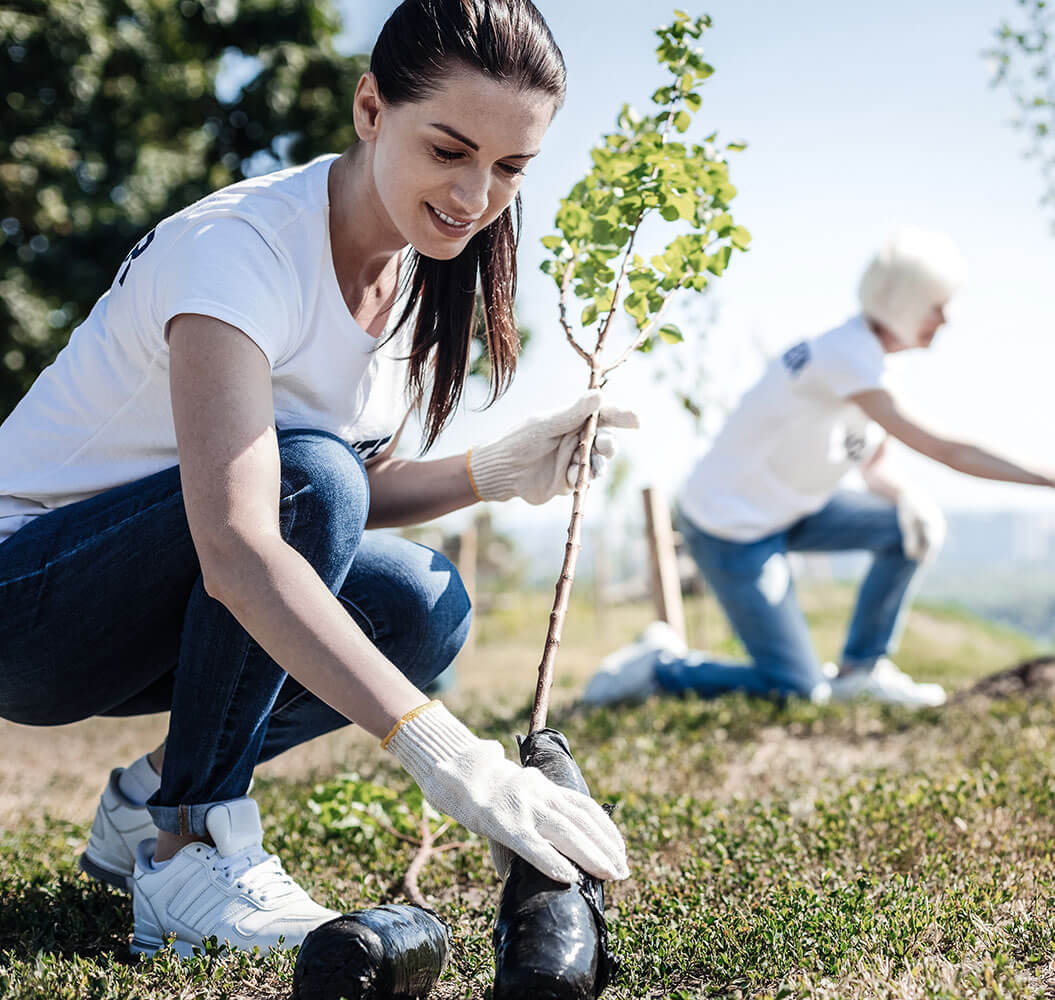A Better Understanding Of Psoriasis and How To Manage
If you suffer from psoriasis, know that you’re not alone. Around 2 to 3 percent of the total global population has psoriasis with it being slightly more prevalent among women than men. With that said, men are more likely to experience severe psoriasis than women. Moderate to severe psoriasis is often associated with a dose-dependent risk of cardiovascular morbidity, depression, and metabolic syndrome.
Even those with mild symptoms will often struggle in their day-to-day. The disease poses a unique challenge especially for people who wear makeup. As you would expect, those who have to deal with the scaly, flaky, and red patches of skin often want to conceal it with makeup. Unfortunately, when applied incorrectly makeup can further highlight roughness of the patches and further upset the skin. So before you start following different beauty and/or makeup tips, it’s a good idea to first get an understanding of your disease and different ways to manage it.
What is Psoriasis?
What is Psoriasis?
If you ask ten people what psoriasis is, many of them will tell you that it’s a skin condition that causes raised, bumpy patches. However, psoriasis is much more complex than that. It’s actually a chronic autoimmune disease that causes issues with the skin. Essentially, it causes your skin to regenerate around faster than normal. For the average person, their skin cells go through a process known as cell turnover every month or so. However, for people who have psoriasis, cell turnover can happen in just a few days. This causes your dead skin cells to rise too fast and pile up on the surface of your skin, leading to the trademark itchy, scaly skin patches.
Unfortunately, scientists don’t know what exactly triggers or causes psoriasis. Some believe that it’s caused by both genetic and environmental factors. In most cases, the patient doesn’t get their first flare-up until around the age of 15, sometimes later. Unfortunately, while you can reduce the effects of psoriasis, there is no cure for it. Most types of psoriasis go through cycles, flaring for a few weeks or months then subsiding or even going into remission.
Types of Psoriasis
Different Types of Psoriasis
Around 80-90 percent of people affected by psoriasis have plaque psoriasis. This usually presents as elevated, scaly patches that are called plaques. While red tends to be the color most associated with plaque psoriasis, it actually depends on your skin color. If you have darker skin, they can appear violet or gray while it will look red or pink on lighter skin. You can suffer from multiple types of psoriasis, so make sure to check everywhere and note any changes to your doctor and dermatologist as each are and type requires different treatment.
There are other types of psoriasis although they aren’t as common. These include:
Guttate psoriasis - small, dotlike lesions
Inverse psoriasis - smooth, red lesions usually found in the folds of the body generally around the buttocks, groin, and breasts
Pustular psoriasis - as the name suggests this psoriasis comes in the form of a pus-filled blister
Erythrodermic psoriasis - the most rare but also most severe form. It causes severe itching, pain, and flaking across the entire body. If not treated it can be life threatening.
In addition to dealing with skin issues, around 10 to 20 percent of people also suffer from psoriatic arthritis. Much like regular arthritis, your joints will often be swollen, stiff, and painful. Symptoms can range from moderate to severe and can cause lasting joint damage.
Where Psoriasis Appears
Where Psoriasis Appears
Psoriasis can appear anywhere on your body from your eyelids to your ears to your nails. As mentioned earlier, there are several types of psoriasis that can appear anywhere on your body. With that said, some are more likely to show up in certain places than others. Some common places include:
Elbows and knees - Plaque psoriasis commonly forms on elbows and knees. These are often itchy and painful. Plus, as you use these joints often, they will often crack and bleed.
Scalp - another common place that plaque psoriasis occurs is on your scalp. It can range from mild scaling to thick enough to cover the entire scalp. If not managed, it can extend past your hairline and onto your forehead, neck, and around your ears.
Face - while not common, psoriasis can form on your face. It will usually occur around the eyebrows, between the nose and mouth, on the upper forehead, and around the hairline.
Hands and feet - called palmar-plantar psoriasis, this type causes the skin to become scaly and fissured and is often quite painful.
Nails - psoriasis can affect both your nails and the skin below your nails. When your nail is affected the nail itself might lift off from the nail bed. In extreme circumstances the nail might crumble.
Genitals - as mentioned, inverse psoriasis often forms in the folds of your body, and that includes around your genitals. Always make sure to check with your primary care physician to rule out an STI and then go to a dermatologist to confirm.
Skin folds - again, inverse psoriasis will often appear in the folds of your skin, which can be extremely uncomfortable. What’s worse, it gets aggravated by rubbing and sweating, something that happens often in these skin folds.
Psoriasis Triggers
While there is a genetic component to psoriasis, many people do not even get any symptoms until there’s some environmental trigger such as an infection, allergies, diet, and so on. If you suffer from psoriasis, it’s important to know what, if any, triggers you might have. After all, managing your triggers is one of the most important parts of dealing with psoriasis.
Psoriasis Triggers
Every person has different triggers. With that said, there are some common ones that can set off your psoriasis. If you have never tracked your triggers before, you should start keeping a journal noting everything on a daily basis such as what you ate, the weather, medication you took, drinks, etc. That way you can look back and track what might have caused the issue. Sometimes it might be a combination of environmental triggers such. Find common threads between the days where you trigger your psoriasis so you can narrow it down. That way you can avoid it as much as possible.
If you’re not sure what to look out for, some common triggers include:
Stress - for many, stress can be a huge trigger whether it’s emotional or physical. While you can’t avoid stress completely, you can find ways to manage it better such as practicing mindfulness, yoga, going to therapy, and so on.
Cold, dry weather - as much as you might want to, you can’t control the weather. If you notice your psoriasis acting up as you get closer to fall and winter, you probably have a weather trigger. Similarly, air conditioning can also cause flare-ups. The best thing you can do is use a humidifier in the house and office and also protect your skin with proper clothing. Moisturizers might also work, but you should beware of lotions that contain sulfates, alcohols, and fragrances.
Infections - for many people, the first time their psoriasis flared up was due to an infection that caused strep throat or bronchitis. It’s important to treat any infection quickly not only to manage your psoriasis, but also to make sure you don’t make your infection worse.
Skin injuries - cuts, sunburns, scratches, bug bites, etc. can all make your psoriasis flare up. You’ll usually notice that your psoriasis will flare-up about 10-14 days after the initial injury. While you can’t always avoid these things, you can take precautions to reduce the chances of injuring your skin by wearing sunscreen and wearing appropriate, protective clothing. Other skin injury includes getting piercings and tattoos. Before you get any body modification, consult your dermatologist.
Smoking - for many people, cigarette smoke can trigger psoriasis. Even if you don’t smoke, being around smokers might cause a flare-up. It’s important to not spend time with smokers. If you can’t avoid it, encourage them to go outside to smoke and explain the situation. If you smoke, you’ll need to kick the habit. As your doctor for help. A nicotine patch might help, but consult your dermatologist to make sure it isn’t the nicotine that is causing the flare-ups.
Medication - some medication including those used to manage high blood pressure can cause flare-ups. While you shouldn’t stop taking this medication, you should let your doctor know about the issue and see if there are other options you could take.
Alcohol - heavy drinking not only can cause a flare-up it can also negatively interact with your psoriasis medication. Make sure to let your dermatologist know if you drink alcohol as they might need to find another medication for you. Or, better yet, cut alcohol out of your life. It might be difficult, but consider the negative side effects of drinking in general with your psoriasis.
Psoriasis and Mental Health
Psoriasis and Mental Health
Dealing with a skin condition like psoriasis can negatively impact your mental health. So much of what we are shown in the media focuses on having clear, flawless skin. While these beauty standards are an issue for people of all genders, it’s especially difficult for women. Presenting a flawless face is one of the reasons why the cosmetics and skincare industries are so big. People are constantly chasing the ideal beauty, but so much of what is presented in the media is fake. There’s a lot of airbrushing and post-processing that occurs to make the women look ageless and flawless. Even though most people nowadays understand the photo manipulation that happens, it’s still hard to let go of modern beauty standards.
It’s no surprise then that psoriasis can contribute to or worsen mental health conditions like depression, anxiety, eating disorders, and so on. Unfortunately, poor mental health can often trigger psoriasis, leading to a vicious cycle. Studies confirm that psychology stress and depression can boost the release of cytokines, which cause inflammation. This can further exacerbate the symptoms of both psoriasis and depression.
If you suffer from both psoriasis and depression, it’s important to find ways to manage one of them. For some, find treatments for psoriasis can help maintain their mental health. For others, managing their mental health first allows them to keep their psoriasis flare-ups under control. Whichever option you choose first, you’ll need to work on both in tandem down the line to ensure you target both the mental and physical aspects of the disease.
Treatment
Treatment Solutions For Psoriasis
If you think you have psoriasis, you should first go to a dermatologist to get an official diagnosis. Many people go years without consulting a professional, especially when the symptoms are mild. However, it’s important to know whether you actually have the disease or not so you can treat it effectively. There are two tests that you might need to get in order for the doctor to diagnose psoriasis. The first is a standard physical exam where you are actually exhibiting symptoms of psoriasis. Typically, it is easy for a doctor or dermatologist to distinguish this condition from other skin diseases. Make sure to voice your concerns and let them know if other members of your family have the condition.
If the doctor cannot diagnose you with a physical, they will then do a biopsy - a procedure where they take a small sample of your skin to be examined under a microscope. This exam can diagnose the type of psoriasis you have. It can also rule out other types of skin diseases or disorders. The biopsy is usually done on the same day as your appointment with the skin sample then sent out to a lab for analysis. Once the results return, you will then discuss the results with your doctor as well as next steps.
Depending on the type of psoriasis you have as well as its intensity will change how you treat it. Since there’s no cure, the aim of treatment is to reduce inflammation and scales, slow the growth of new cells, and remove plaques. You’ll most likely run into one of the following treatment options:
Topical - you can apply these directly to the skin, which can help in mild to moderate cases of psoriasis. Some common treatments include topical retinoids, salicylic acid, moisturizers, vitamin D analogues, and topical corticosteroids.
Medication - if your psoriasis is moderate to severe and hasn’t responded to other treatment types, the doctor will prescribe you with medication. These tend to be short term medication to be used only during flare-ups and often have severe side effects. Common medication includes methotrexate, cyclosporine, biologics, retinoids.
Light therapy - it might sound like woo-woo medicine, but sunlight can kill overactive white blood cells that are attacking healthy skin cells. Both UVA and UVB light can help reduce symptoms of mild to moderate psoriasis.
Most people with moderate to severe psoriasis will benefit from a combination of treatments. Once you find the right combination, you might be able to use the same treatment your entire life. Others aren’t as lucky and might need to switch it up as their skin gets used to the same treatment.
Manage Psoriasis By Figuring Out The Best Short-Term Solutions
Living with psoriasis isn’t easy, but you can manage it properly and lead a healthy and fulfilling life. There are short-term solutions that can help you deal with an immediate flare-up like using light therapy or topical medication. However, the best way to manage your psoriasis is by making long-term changes.
Three of the best ways to manage your psoriasis is to eat a healthy diet, reduce stress, and manage your emotional health. Maintaining a healthy weight can go a long way toward helping ease and reduce symptoms of psoriasis. Eat a diet rich in omega-3 fatty acids as well as whole grains and vegetables. There’s some anecdotal evidence that links nightshade fruits and vegetables (tomatoes, eggplants, peppers, etc.) as psoriasis triggers. Managing your stress and mental health is good advice in general even if you don’t have psoriasis. It leads to a more physically and emotionally healthy you and generally provides you with ways to cope with the world around you a bit better.
Karen A Mulvey is a personal social blogger and mom with 14 years of experience in the every day world of motherhood and sustainable product research. Karen is on a mission to help everyday families select sustainable, non-toxic organic products, stop stressing about uncertainties on sustainable home goods and apparel, and start living the life they’ve always wanted.
Follow Karen at @karenAmulveycs | Karen A Mulvey


















